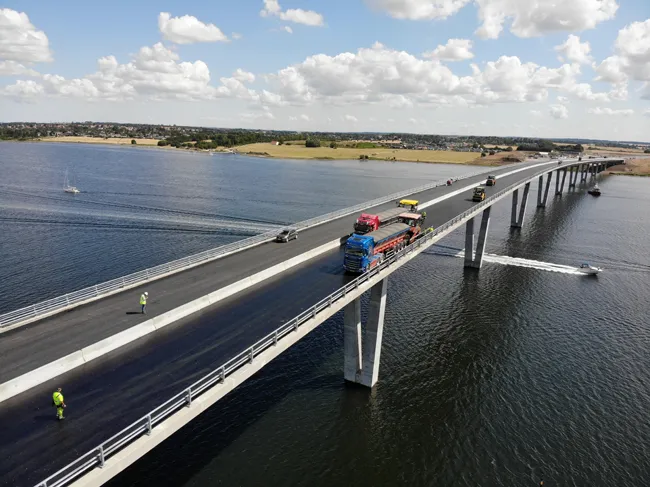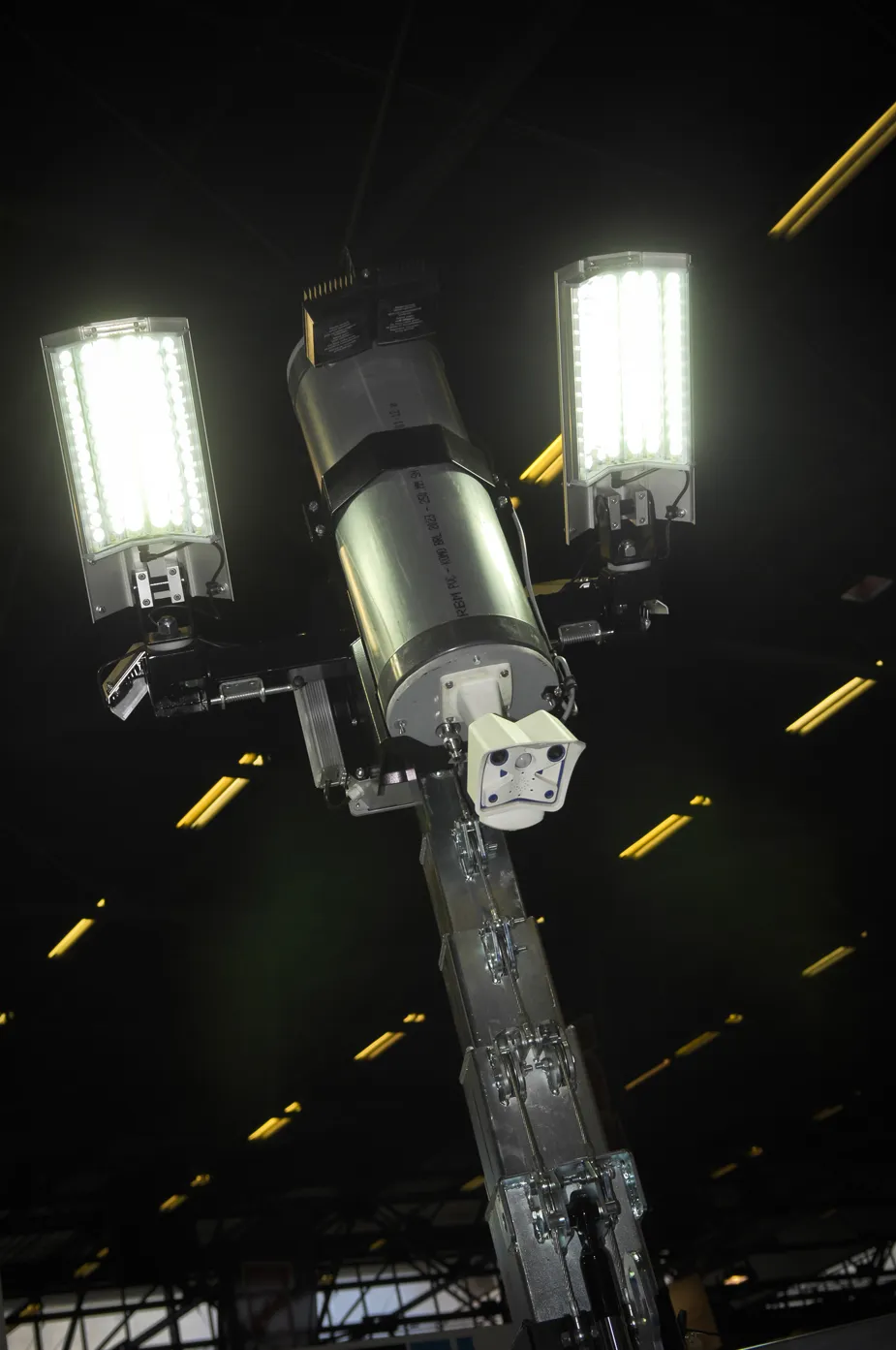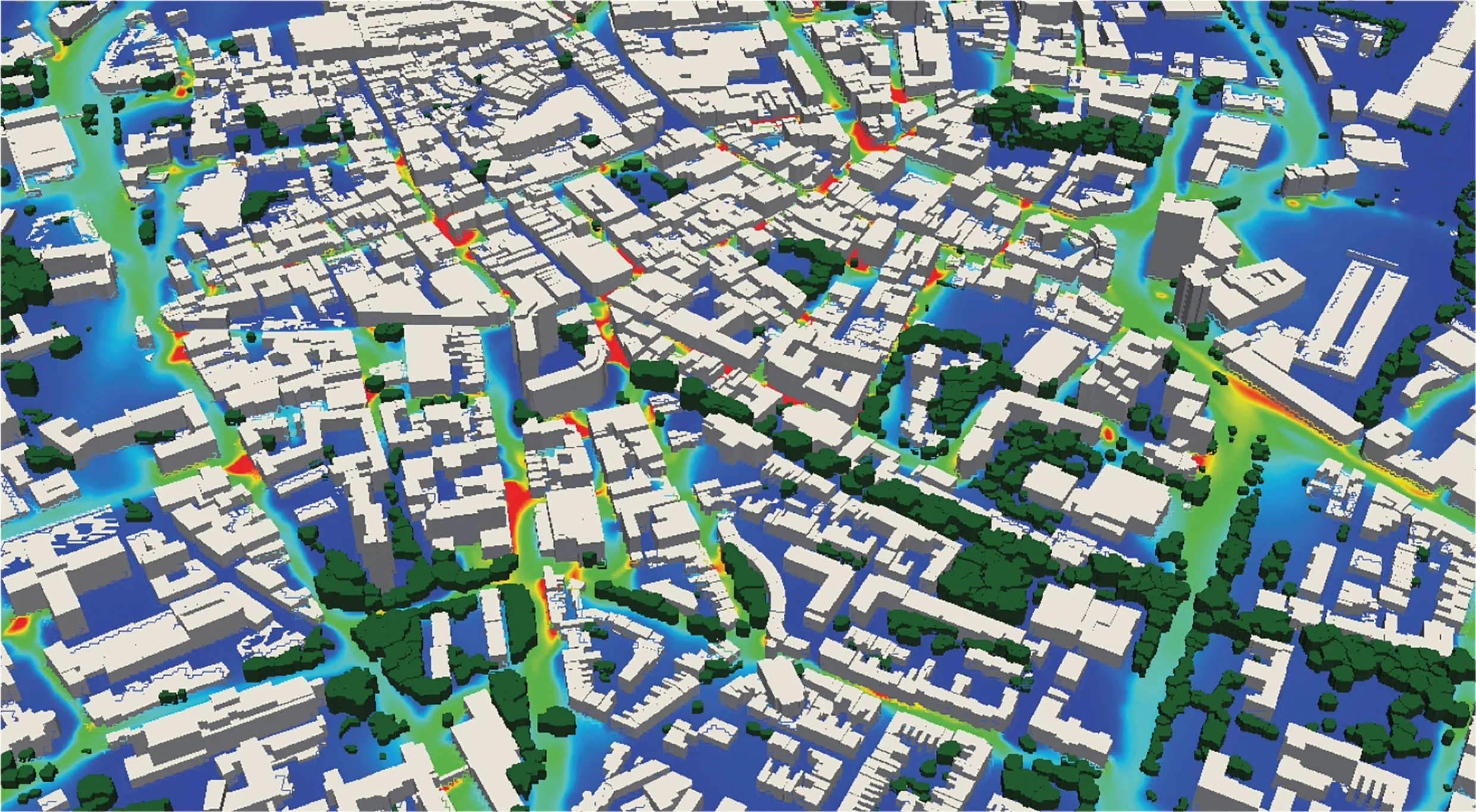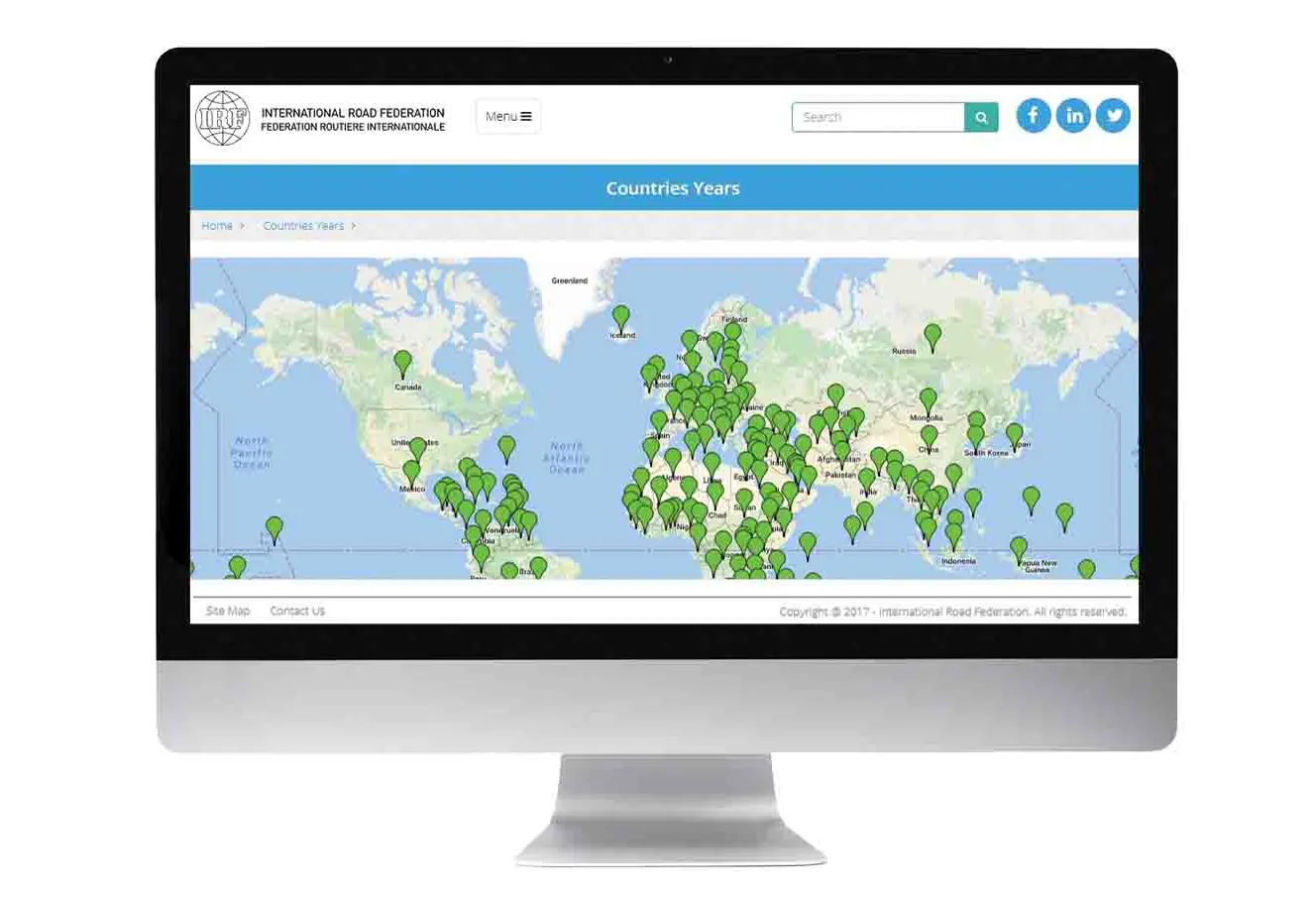
The Road Directorate – Vejdirektoratet - used 33% less than budgeted for road projects from 2007-2017. The audit office said that "budget calculations by the transport ministry, including the Road Directorate, have not been accurate enough".
Jens Holmboe, head of the Road Directorate, rejected the criticism, saying that the Audit Office did not consider the effect the financial crisis had on building projects. The crisis resulted, among other things, in major price decreases for various road projects.
The Vejdirektoratet is responsible for the more than 1,200km of motorways, a number of main roads and many of the country's bridges – a total of about 4,000km. Denmark, being a country mainly of islands, relies on its bridges and tunnels to help unify the nation culturally. It also means that they are vastly more important to the economic well-being of the nation than in most other states.
In mid-2015, Denmark became the first country in the world to rely on GPS probe data to monitor traffic and congestion on a national scale. It chose INRIX, a provider of transportation intelligence and connected car services, to set up a real-time traffic information system throughout the country. The directorate monitors traffic flow and gridlock across its entire national road network.
Early last year, an Italian joint venture won the construction contract for what will be one of Denmark’s longest bridges, the replacement 4km-long road and rail Storstrom Bridge. The work went to the joint venture of
World Highways recently interviewed Niels Pedersen, head of bridges at the %$Linker:








